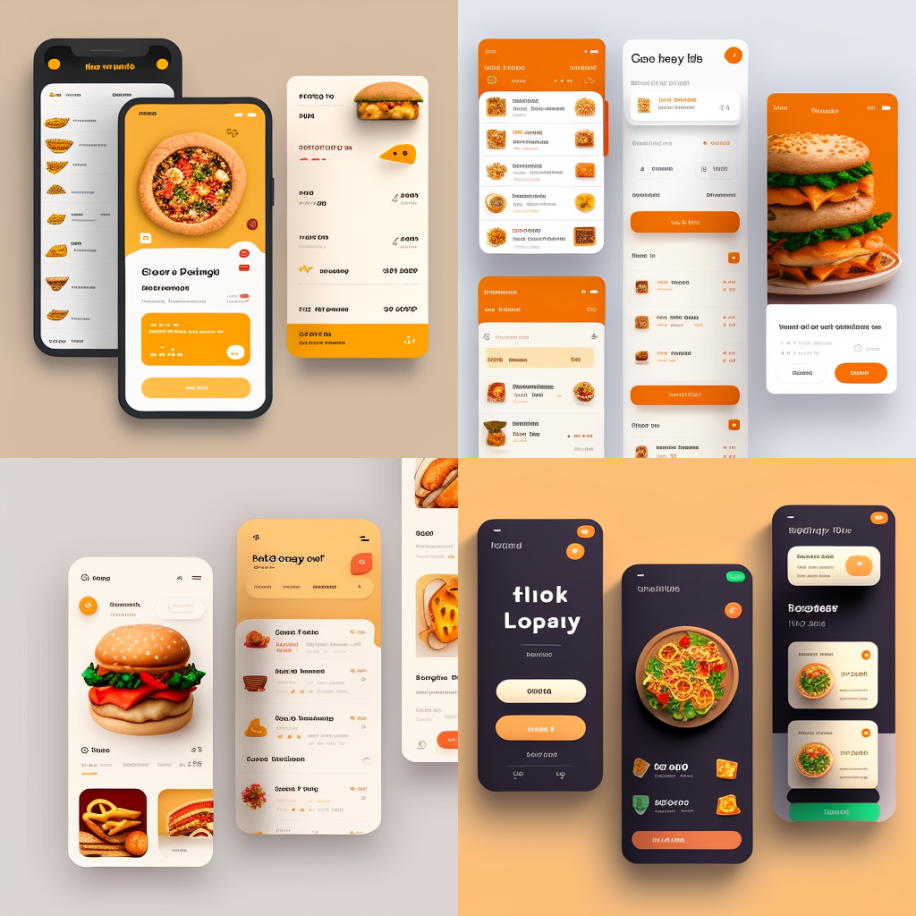Viva Resa: Your Gateway to Insightful Living
Discover news, trends, and tips for a vibrant lifestyle.
Design Like a User: The Secret Life of UI/UX
Unlock the secrets of UI/UX design and elevate your creations! Discover how to design with a user-first mindset for impact and success.
5 Essential Principles of User-Centered Design
User-centered design (UCD) is a crucial approach that focuses on the needs and preferences of the end user throughout the design process. The first essential principle of UCD is to involve users early and often. Engaging users from the onset allows designers to gather valuable insights and feedback, ensuring that the final product meets actual user needs. This principle can be implemented through techniques such as user interviews, surveys, and usability testing, which help to understand user behaviors and expectations.
The second principle is to iterate based on feedback. In a user-centered design process, the design is continuously refined through multiple iterations, driven by user feedback and testing results. This iterative cycle not only enhances the usability of the product but also ensures that any issues are addressed promptly. Emphasizing user feedback helps create a more intuitive and satisfying user experience, ultimately leading to greater user satisfaction and product success.

How to Conduct Effective User Research for Better UX
Conducting effective user research is crucial for enhancing user experience (UX). Start by identifying your target audience; understanding who your users are will inform your research methods. Utilize a combination of qualitative and quantitative approaches, such as surveys, interviews, and usability testing. For example, surveys can provide statistical insights into user preferences, while in-depth interviews can uncover the motivations and pain points behind user behaviors. Remember to create a well-structured research plan that outlines your goals, the methods you plan to use, and the key questions you aim to answer.
Once you've gathered data, analyze the findings to identify trends and actionable insights. Organize your findings using tools like affinity diagrams or user personas, which will help you synthesize information and communicate it effectively with your team. Additionally, consider involving users in the design process through methods like design sprints or collaborative brainstorming sessions. This not only validates your findings but also fosters a deeper connection between your users and your product. Ultimately, thorough user research leads to informed design decisions, ensuring that your UX is tailored to meet the true needs of your audience.
What Makes a UI/UX Design Truly User-Friendly?
Creating a truly user-friendly UI/UX design involves understanding the user's needs and preferences. This begins with thorough research and user testing to gather insights into how users interact with your product. Employing techniques such as personas and user journey mapping helps designers visualize the experience from the user's perspective, ensuring that the interface is intuitive and accessible. A well-structured layout, clear navigation, and consistency throughout the design all contribute to a seamless user experience.
Additionally, the principles of visual hierarchy and simplicity play crucial roles in crafting user-friendly designs. By prioritizing elements based on their importance and utilizing whitespace effectively, designers can guide users' attention to key features and functionalities. Incorporating user feedback into the iterative design process helps in refining the interface, making necessary adjustments that align with user expectations. Ultimately, a focus on usability and aesthetic appeal leads to a UI/UX design that resonates well with users, fostering engagement and satisfaction.